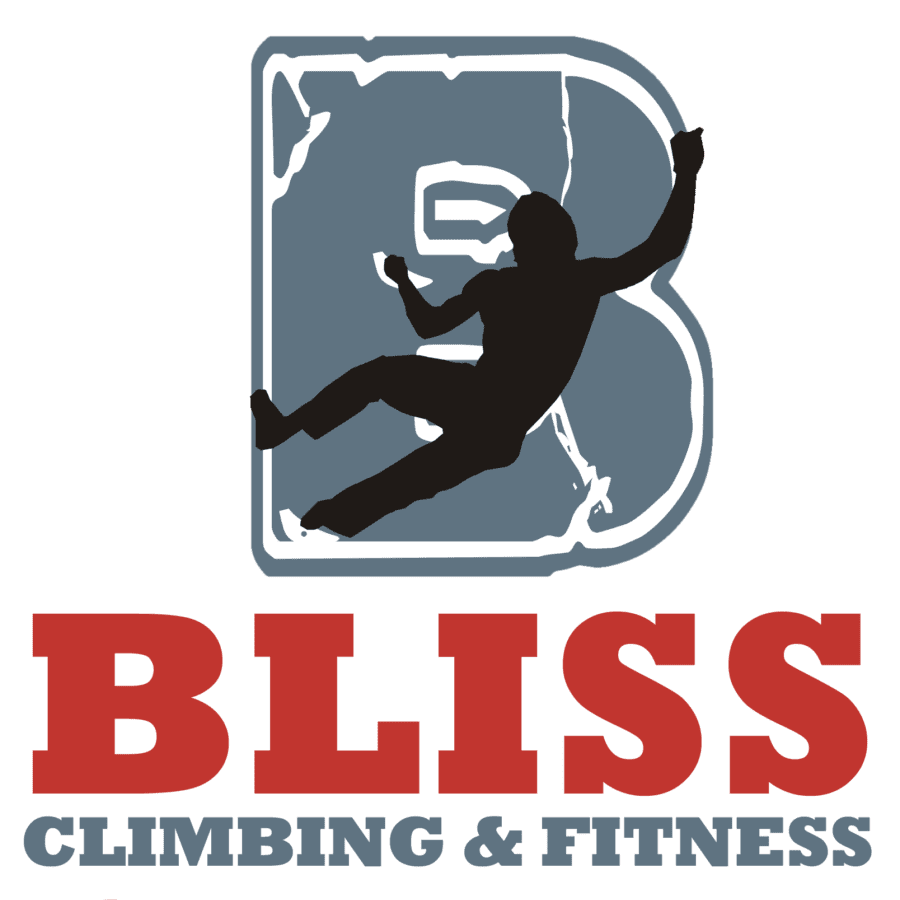Growing up in Nebraska, one of my family’s favorite summertime activities was attending rodeos. Those cowboys and cowgirls are some serious athletes and tough as nails. From riding horses around obstacles at breakneck speeds to wrestling a thousand-pound steer to the ground to trying to stay on the back of a Brahma Bull that seems possessed by Lucifer himself, every moment is a display of the ultimate in human physiology.
And then there were the rest of us. Beer drinking, cigarette smoking, BBQ eating, spectators. But you know the best part of watching a highly testosterone-filled sport while sharing good food and adult beverages with friends? Soon you begin to think you can do those same feats that are happening in the arena.
Now rodeo promoters are no dummies, and they realized early on that this was something that they could capitalize on. Of course, they needed to dumb down the skill requirement and risk a bit, so during half times they would offer things like mutton busting (riding sheep) or my favorite: greased pig wrestling. To make the latter even more enticing, someone would tie a $100.00 bill around said pigs neck, grease him up with some type of oily substance, maybe add a bit of mud, and then watch the fun begin. You see, the problem with pigs is that they are round. There really is nothing to hold on to. And when things get slippery, well, the pig wins nine times out of ten.
In the climbing arena, our equivalent of greased pigs is the ubiquitous sloper hold. And unless you want to spend the rest of your climbing days on easy jug climbs, you are going to want to learn to use these daunting features.
By definition, sloper holds are . . . well . . . slopey; which it to say that there really is no part of it that you can dig your finger tips into and hang on. Because of that, they produce a sensation that you could slide off at any moment (not a great confidence builder). Worse yet, the more you try to use your finger tips and brute strength to hold on, the more you tend to slide.
The key to slopers is friction (which explains the problem with porky and canola oil), which means that the more skin we can get on the hold, the better it will be. This usually requires that we place our entire palm and fingers (not tips) along the hold. It also means that we want to avoid things like sweat and oil from our skin from interfering. One of the best ways to do this is with a premier climbing chalk. However, chalk can also be a problem as it accumulates on the hold itself causing the texture of the hold to become smoother. To combat this, a high quality boar’s hair brush works well to clean some of that excess chalk off.
Body position also makes a huge difference. Try this next time you are at Bliss Bouldering and Climbing Complex. Place your palm and your hand on a slopey hold and position your body directly under it. You should feel some grip.

Now move your body perpendicularly away from the wall. As you come away from the wall, you will notice that your grip on the hold gets progressively worse.

Thus, the idea on these holds is to keep your direction of pull as directly under the hold as possible. This also means that moving to these types of holds in a slower, more controlled style is more likely to result in success than trying to jump to them; as dynamic movements like jumping tend to result in swings that then bring you away from the wall.
Finally, keeping your skin supple and well moisturized will also increase friction. The Bliss Pro Shop offers a number of different skin care products designed to do just that. Stop by, we would love to discuss the different products on the market. You might also like my previous blog post: Five helpful tips to fingertip skincare.
Just like grabbing that greased pig, no one ever feels totally solid grabbing sloper holds. But practice these techniques and your confidence will grow. Next thing you know, you will be experiencing an entirely new world of climbing.
Ye Ha!
Climb hard and Follow Your Bliss,

